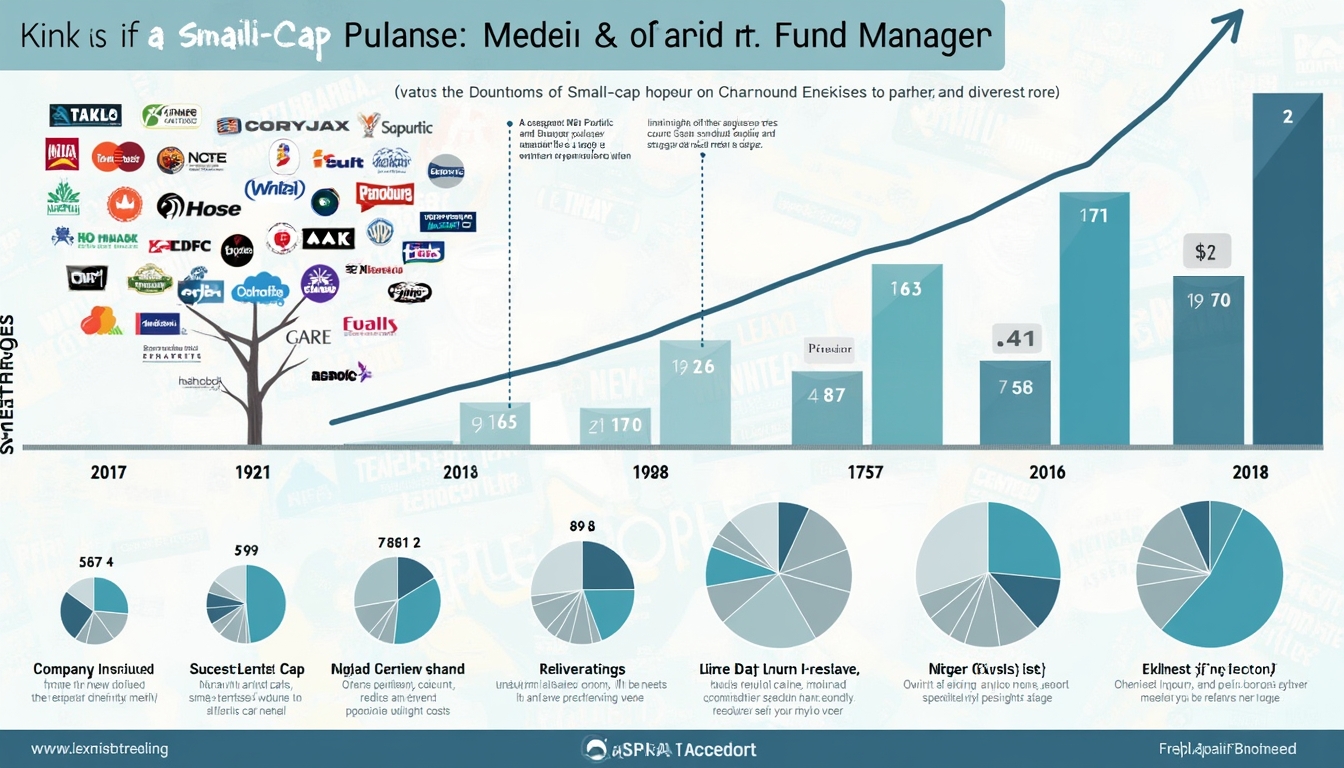The stock market's strength continues as we enter 2024, presenting opportunities for experienced investors and newcomers alike. With the S&P 500 up by 9% year-to-date, the financial world offers potential. For those new to investing for beginners, the process may seem challenging. We're here to explain the process and guide you towards financial growth.
A Brief History of Stock Markets
Let's review how we arrived here. In 1790, the Philadelphia Stock Exchange opened, becoming America's first stock market. Two years later, 24 stockbrokers met under a buttonwood tree on Wall Street. Their agreement on 17 May 1792 established the foundation for the New York Stock Exchange (NYSE) – now the world's largest stock exchange.
As time passed, technology changed the landscape. In 1867, the stock ticker was introduced, allowing market information to travel across the country quickly. It was the 19th-century equivalent of high-speed internet for traders.
The market hasn't always been stable. The 1929 crash and subsequent Great Depression highlighted the need for regulation. The Securities and Exchange Commission (SEC) was created in 1934 to restore public confidence and maintain order.
In 2020, we saw another significant market event due to the COVID-19 pandemic. The crash beginning on 20 February 2020 was volatile, but by 7 April 2020, recovery signs appeared. History shows that the stock market is resilient.
Understanding Stock Investing Basics
Before we explore investing details, let's cover some key concepts. Consider this your investing 101 introduction.
What Are Stocks, Anyway?
The stock market is like a marketplace where you can buy and sell parts of companies. These parts are called shares, and owning shares means you own a portion of that company. It's similar to owning a small part of your favorite café or tech company!
What shares are is more than numbers on a screen. They represent real businesses with products, services, and employees. When you invest in shares, you're becoming part of that company's story.
Investment Strategies: Finding Your Style
There are various approaches to investing in shares. Some people prefer active trading, buying and selling shares often to profit from short-term price changes. Others take a longer-term approach, investing for extended periods.
The key is understanding your risk tolerance. Can you handle market fluctuations calmly? Or do you prefer a more conservative approach? There's no correct answer – it depends on your financial goals.
Risk Management: Staying Calm
Investing always involves some risk. But don't let that discourage you! There are ways to manage risk effectively. One popular method is diversification – spreading investments across different assets and sectors. It's like not putting all your eggs in one basket.
Another important concept is asset allocation. This involves dividing your investments among different asset categories, such as stocks, bonds, and cash. The goal is to create a balanced portfolio that can withstand different market conditions.
Market Analysis: Interpreting Trends
Successful investors often use various techniques to analyze stocks and market trends. Some prefer fundamental analysis, examining a company's financial health and future prospects. Others use technical analysis, studying charts and patterns to predict future price movements.
The Wall Street Journal reports that volume and price action analysis are important indicators of trending stocks. Remember, while these tools can help, they're not perfect predictors. The market can be unpredictable, which makes it interesting!
Portfolio Diversification: Spreading Investments
We mentioned diversification earlier, but it's worth emphasizing. A well-diversified portfolio is like a balanced meal – it has variety. By spreading your investments across different sectors and asset classes, you're reducing risk. This can help reduce losses if one area of the market declines.
Financial Goal Setting: Understand Your Purpose
Before investing, it's important to know why you're doing it. Are you saving for retirement? Planning to buy a house in five years? Or maybe you're saving for your children's education? Your goals will shape your investment strategy, so consider what you want to achieve.
5 Simple Steps for Newbie Investors in 2024
Now that we've covered the basics, let's look at practical steps you can take to start your investing journey in 2024.
Step 1: Educate Yourself
Knowledge is valuable, especially in investing. You don't need to become a financial expert immediately. Start by reading reputable financial news websites, reading investing books, or taking an online course. Websites like Bankrate and Kiplinger offer good resources for beginners.
Remember, investing is ongoing learning. Stay curious, ask questions, and admit when you don't know something.
Step 2: Determine Your Investment Goals and Risk Tolerance
Before investing, think about what you want to achieve. Are you looking for quick gains, or are you investing for the long term? Your goals will help shape your investment strategy.
Also, consider how much risk you're comfortable with. If the thought of your investments losing value worries you, you might prefer a more conservative approach. If you're comfortable with some ups and downs for potentially higher returns, you might suit a higher-risk strategy.
Step 3: Choose an Investment Account and Broker
You'll need an investment account to start buying and selling shares. There are different types to choose from:
- Brokerage accounts: These allow you to buy and sell a wide range of investments.
- Retirement accounts: Like IRA or 401(k). These have tax advantages but also withdrawal restrictions.
- Custodial accounts: For investing on behalf of a minor.
When choosing a broker, consider fees, customer service, and the trading platform. Many online brokers offer user-friendly platforms and lower fees than traditional brokers, making them popular for beginners.
Step 4: Start with a Diversified Portfolio
As a beginner, it's often wise to start with a diversified portfolio. Index funds and ETFs (Exchange-Traded Funds) can be good options as they provide instant diversification by tracking a specific market index.
You might have heard of the 60/40 rule – 60% stocks and 40% bonds. While this isn't a strict rule, it's a common starting point for creating a balanced portfolio. As you become more comfortable with investing, you can adjust this mix to suit your goals and risk tolerance.
Step 5: Monitor and Adjust Your Investments
Investing requires ongoing attention. It's important to regularly review your portfolio to ensure it aligns with your goals. This doesn't mean checking your investments daily (which can lead to hasty decisions), but a quarterly or semi-annual review is good practice.
As your life circumstances change, or as you approach your financial goals, you may need to adjust your investment strategy. This process, called rebalancing, helps keep your portfolio on track and aligned with your risk tolerance.
Conclusion
As we navigate the financial landscape of 2024, investing in stocks remains a powerful tool for building wealth and achieving financial goals. By following these steps and continuing to educate yourself, you'll be well-positioned to start your investment journey.
Investing requires patience, discipline, and ongoing learning. But with the right approach and mindset, you can use the stock market to work towards your financial objectives.
Whether you're saving for retirement, planning for a major purchase, or simply looking to grow your wealth, the stock market offers opportunities for investors of all levels. As you begin investing, stay informed, remain patient, and seek advice from financial professionals when needed.
Remember to check the ASX trading days to know when you can buy and sell your investments. Best wishes for your financial success in 2024 and beyond!
Want to discover the next big ASX opportunity?
Stay ahead of the market with Discovery Alert's AI-powered notifications on significant mineral discoveries. Whether you're new to investing or a seasoned trader, our service simplifies complex drill results, helping you make informed decisions on both short-term trades and long-term investments. Experience the advantage with a 30-day free trial at Discovery Alert.




